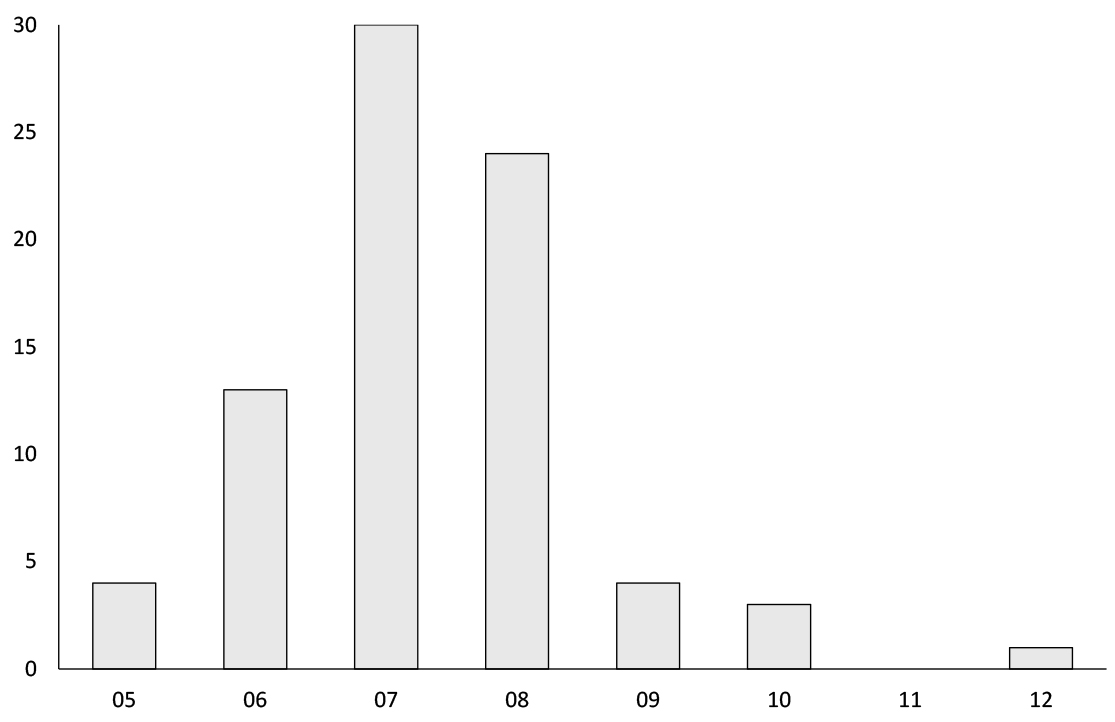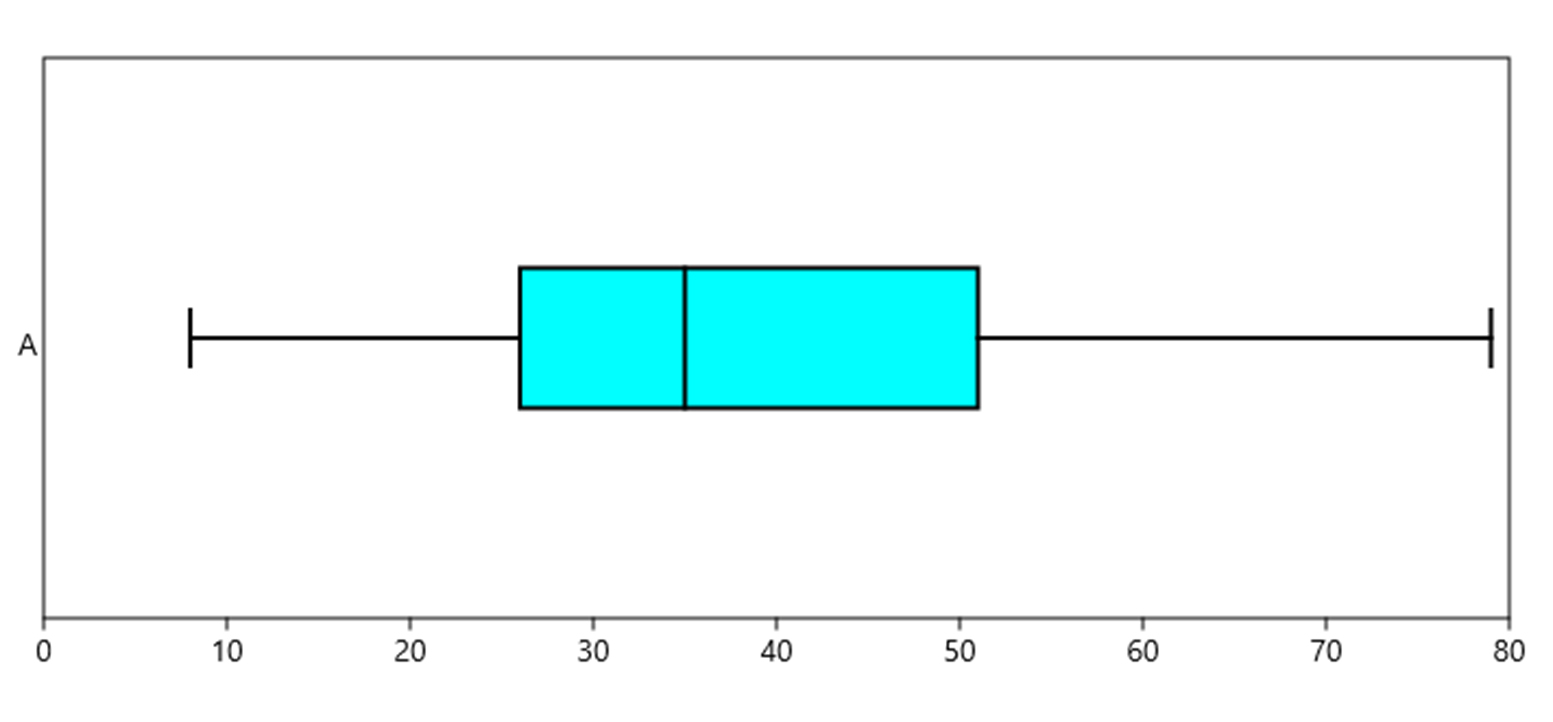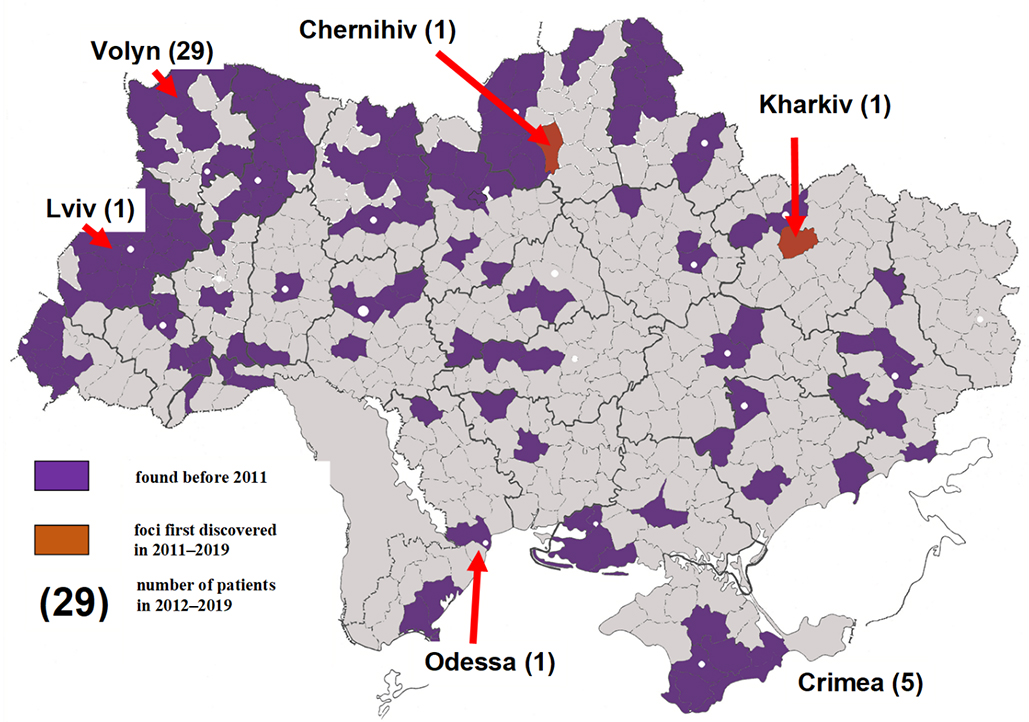Igor Nebogatkin, Olga Onishchuk, Hnatiuk Oleksandr, Wilhelm Erber and Tamara Vuković-Janković
E-CDC risk status: endemic
(no new data available as of May 2023)
History and current situation
The available data indicate that infection with tick-borne encephalitis virus (TBEV) is the most common arbovirus infection in Ukraine. Natural TBE foci are mainly located in the Polissya territories (Volyn, Rivne, Zhytomyr, Kyiv, and the Chernigiv region), as well as the Pre-Carpathian and Trans–Carpathian regions; a highly intensive distribution of TBEV was also observed in the entire mountain forest zone of Crimea and in Volinskij.
During 2003–2010, 223 cases of TBEV-seropositive patients from 14 areas of Ukraine were diagnosed. As diagnostic systems are not affordable for most medical institutions, these reported figures might grossly underestimate the true extent of the disease in Ukraine.1
TBE in Ukraine has been studied since 1955, i.e., for 65 years. Official data are shown in Table 1, broken down into 5 periods (p<0.051).
| Table 1: Mean annual number of TBE cases in Ukraine | ||
|---|---|---|
| Time Period | Mean annual number of TBE cases | Number of years covered |
| 2004–2019 | 5.19±0.58 | 16 |
| 1995–2003 | 33.89±5.24 | 9 |
| 1974–1994 | 7.43±1.88 | 21 |
| 1966–1973 | 0 | 8 |
| 1955–1965 | 7.27±3.48 | 11 |
| all | 9.72±1.68 | 65 |
For the years between 2004 and 2020 the following official analysis is available:
The annual numbers of occurrences of the disease are shown in Figure 1. However, 10 of those 88 cases were imported from Russia, Belarus, Czech Rep. and elsewhere). Cases were noted between the beginning of May and October with a peak incidence in July–August, 1 case was determined as late as December (Figure 2). Most of the patients were infected when visiting the forest for different purposes: picking berries and mushrooms, haymaking, harvesting firewood, grazing pets, and recreation. There was also 1 laboratory infection.
The age distribution is presented in Figure 3, the average age is 37.59±1.88. Gender analysis showed that women (50.59%) and men (49.41%) were infected in approximately equal proportions 1:1. 93.18% of these cases were not vaccinated, 6.82% of cases6 were vaccinated.
People were infected in 10 regions and 19 districts of Ukraine during the analyzed period. Majority of the inflicted people lived in the Volyn region and Crimea. 57 local TBE cases were detected in Volyn region from 2004 to 2020 according to official statistics, which amounted to 67.86% of all cases in Ukraine. Natural foci as of 01.01.2020 are shown in Figure 4.
However unofficial reports indicate about 50 cases annually.2
Quite recently 8 TBEV isolates were identified from ticks among 6 study sites in southern Ukraine. This study confirmed TBEV-EU (European subtype) distribution in the southern region of Ukraine, which overlaps with TBEV-FE (Far Eastern subtype) and TBEV-Sib (Siberian subtype), showing the heterogeneity of TBEV circulating in Ukraine.3 Sites where the TBE virus has been identified are shown in Figure 5.
A study exploring the potential relationship between the ecosystems, vectors, and the presence of tick-borne infections in Western Ukraine identified TBEV (by PCR) in 6.3% and 14.5% of Ixodes ricinus and Dermatocentor reticulatus as convectors.7
Overview of TBE in Ukraine
| Table 2: Virus, vector, transmission of TBE in Ukraine | |
|---|---|
| Viral subtypes, distribution | Heterogeneity of TBEV distribution: European (TBEV-EU), Far Eastern (TBEV-FE), and Siberian (TBEV-Sib) subtypes.3 |
| Reservoir animals | Information not available |
| Infected tick species (%) | The main vector is lxodes ricinus. Dermacentor reticulatus, D. marginatus, and Hyalomma marginatum were also found to take part in the distribution of virus; infection rate ranges from 0.11% to 0.81%.3,4 |
| Dairy product transmission | Data not available |
| Table 3: TBE reporting and vaccine prevention in Ukraine | |
|---|---|
| Mandatory TBE reporting | Public Health Center |
| Other TBE surveillance | Not applicable to Public Health Center |
| Special clinical features | Information not available |
| Available vaccines | FSME Immun, FSME Immun Junior, EnceVir, TBE vaccine Moscow6 |
| Vaccination recommendations and reimbursement | Recommended for high-risk population living in endemic areas |
| Vaccine uptake by age group/risk group/general population | Data not available |
| Name, address/website of TBE National Reference Center | Public Health Center of Ministry of Health https://www.phc.org.ua/ |
Figure 1: Annual number of infection for the years 2004–2020
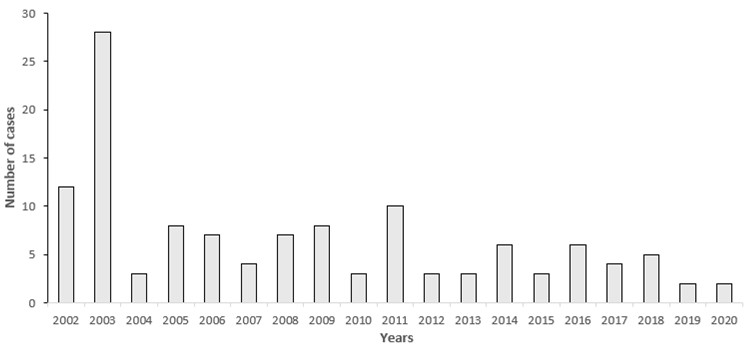
| Year | Number of Cases | Incidence / 105 |
|---|---|---|
| 2002 | 12 | 0.03 |
| 2003 | 28 | 0.07 |
| 2004 | 4 | 0.01 |
| 2005 | 8 | 0.02 |
| 2006 | 7 | 0.02 |
| 2007 | 4 | 0.01 |
| 2008 | 7 | 0.02 |
| 2009 | 8 | 0.02 |
| 2010 | 3 | 0.01 |
| 2011 | 10 | 0.02 |
| 2012 | 3 | 0.01 |
| 2013 | 3 | 0.01 |
| 2014 | 6 | 0.01 |
| 2015 | 3 | 0.01 |
| 2016 | 6 | 0.01 |
| 2017 | 4 | 0.01 |
| 2018 | 5 | 0.01 |
| 2019 | 2 | 0.00 |
| 2020 | 2 | 0.01 |
| 2021 | No data | |
| 2022 | No data |
Figure 5: Identified sites where TBEV has been isolated in Ukraine3
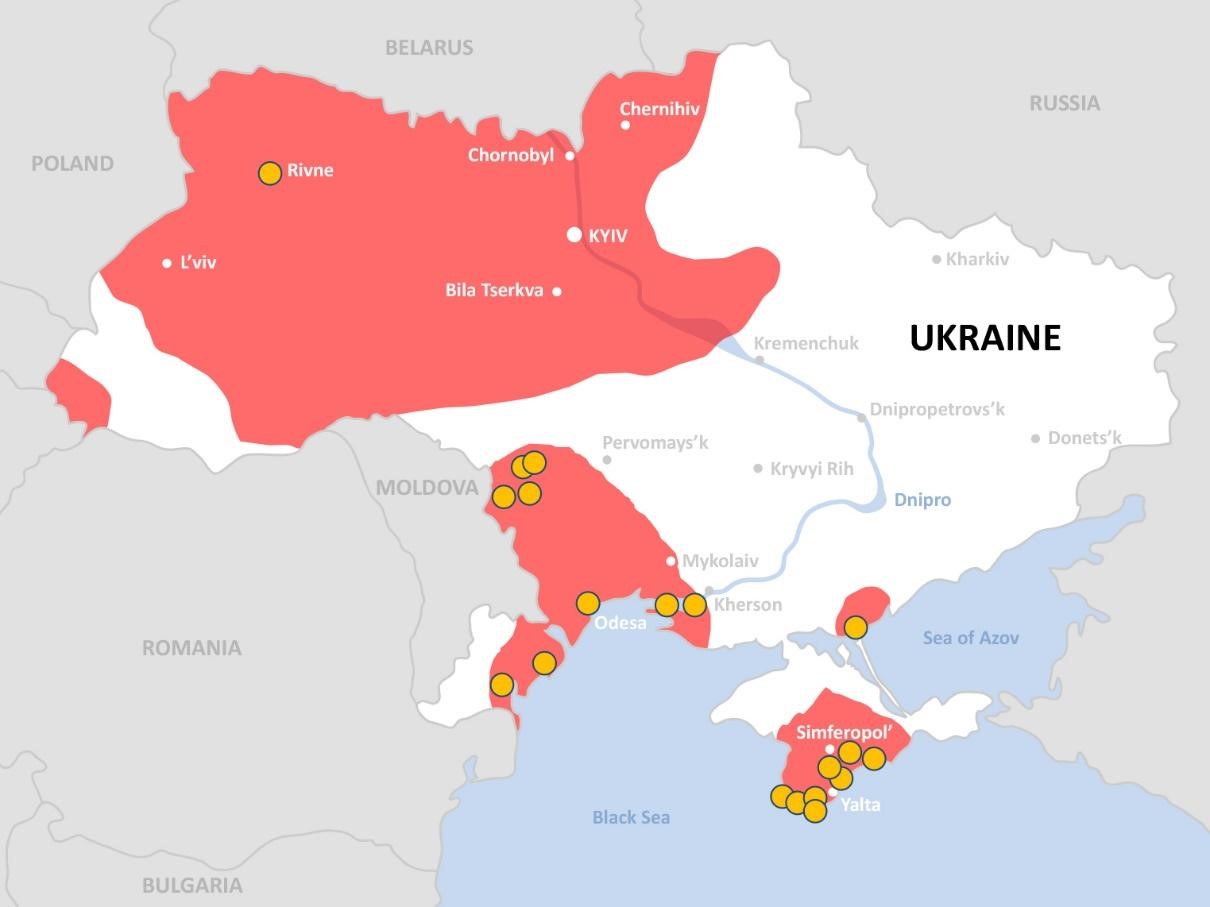
Age and gender distribution of TBE in Ukraine:
no available data
TBEV-isolation and TBE cases in Ukraine:
no available data
Contact:
niv_zoo@ua.fm
Citation:
Nebogatkin I, Onishchuk O, Hnatiuk O, Erber W, Vuković-Janković T. TBE in Ukraine. Chapter 12b. In: Dobler G, Erber W, Bröker M, Schmitt HJ, eds. The TBE Book. 6th ed. Singapore: Global Health Press;2023. doi:10.33442/26613980_12b34-6
References
- Biletska H, et al. Natural Focal Transmissible Infections with Neurological Manifestations in Ukraine, Flavivirus Encephalitis. InTech, 2011. Available from: http://www.intechopen.com/books/flavivirusencephalitis/natural-focal-transmissible-infections-with-neurological-manifestations-in-ukraine [Accessed: August 2017]
- Süss J. Tick-borne encephalitis 2010: Epidemiology, risk areas, and virus strains in Europe and Asia-An overview. Ticks Tick Borne Dis. 2011;2:2–15.
- Yurchenko OO, et al. Partial Characterization of Tick-Borne Encephalitis Virus Isolates from Ticks of Southern Ukraine.Vector Borne Zoonotic Dis. 2017;17(8):550-7.
- Evstaf’ev, I.L., Results of the 20-year study of tick-borne encephalitis in Crimea. Zh Epidemiol Immunobiol.2001; 2: 111–4.
- Kollaritsch H, et al. Background Document on Vaccines and Vaccination against Tick-borne Encephalitis (TBE). Available at: http://www.who.int/immunization/sage/6_TBE_backgr_18_Mar_net_apr_2011.pdf. [Accessed: June 2017].
- Amicizia D, et al. Epidemiology of tick-borne encephalitis (TBE) in Europe and its prevention by available vaccines. Hum Vaccin Immunother. 2013;9(5):1163–71.
- Iryna Ben and Ihor Lozynskyi, Prevalence of Anaplasma phagocytophilum in Ixodes Ricinus and Dermacentor reticulatus and Coinfection with Borrelia burgdorferi and Tick-Borne Encephalitis Virus in Western Ukraine. Vector Borne Zoonotic Dis. 2019;19(11):793-801.
